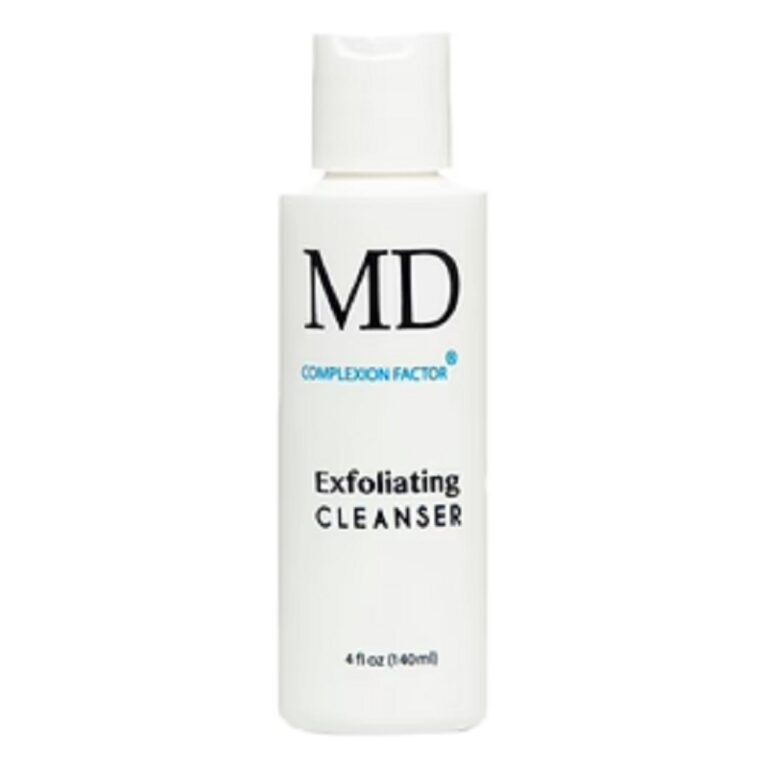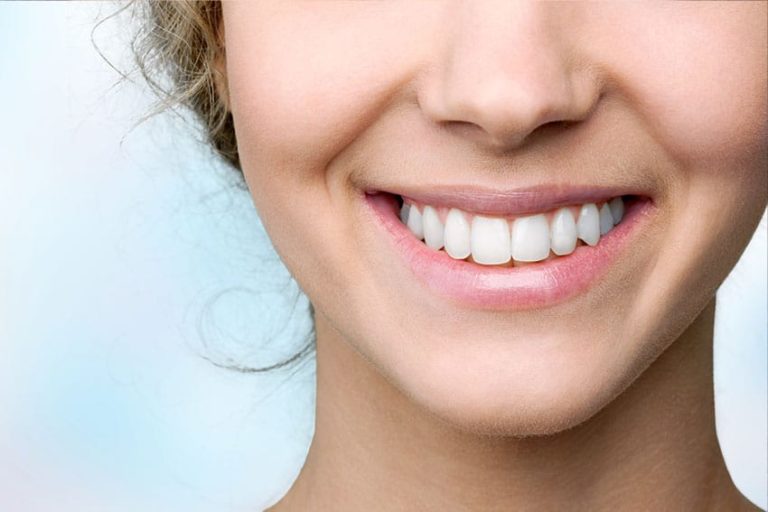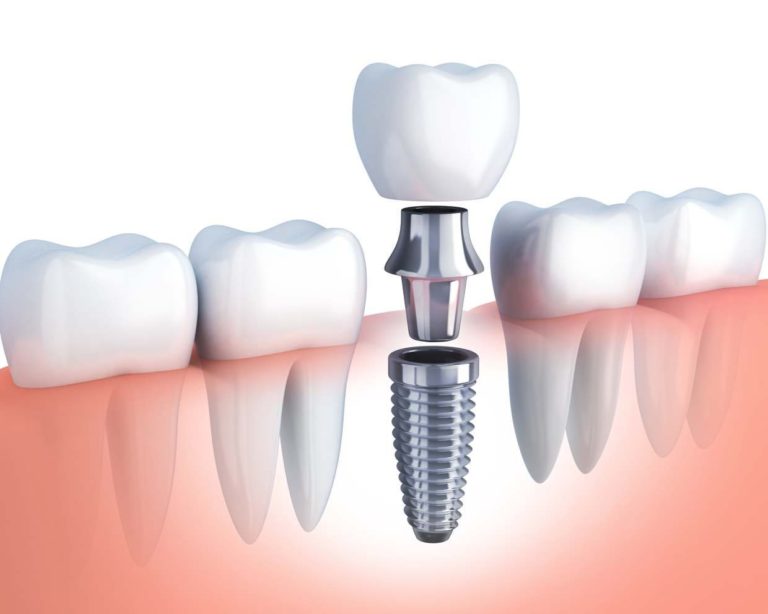The ideal exfoliant for your skin type will rely on a few factors, including your skin type, what your exfoliator should accomplish, and the ingredients you choose. One of the most crucial and advantageous procedures in skin care is exfoliation, however many individuals neglect it. Proper exfoliation is the only thing that can truly make skin sparkle.
Exfoliating with any kind of scrub can irritate the skin, especially in people who already have sensitive skin. All things considered, exfoliation is an important part of skincare regimens; it just needs to be done correctly. Exfoliating can improve the appearance of the skin’s clarity and smoothness in addition to removing pore-clogging sebum, debris, and oil that frequently accumulate on the skin’s surface. Therefore always try to use an exfoliator according to your skin type. Different skin needs different ingredients. These are the best exfoliators for face.
What Does Exfoliation Do?
Dead skin cells are removed during exfoliation to reveal fresh, healthy skin. Exfoliation greatly enhances the look of skin tone and luminosity by getting rid of surface debris and oil as well as aging, dull skin. It is among the simplest and quickest techniques to restore beautiful skin to its former glory.
Types Of Exfoliators
In physical exfoliation, the skin is scrubbed with abrasive substances or physical items, such as a dry brush, a washcloth, grains, sugar, beans, nuts, granules, powders, or any other physical tool. Physical exfoliation may have the potential to leave little skin rips behind. These tears may irritate you or, in severe circumstances, may even infect you.
Ingredients In Physical Exfoliator
Jojoba oil is used to create tiny wax beads known as jojoba beads. Jojoba oil will nourish the skin while it exfoliates because it is extremely comparable to the natural oil in your own skin. Additionally, because jojoba beads are smooth and rounded, they won’t cause tiny skin tears. Because olive seed powder is made from crushed olive pits and is very finely powdered, it doesn’t harm skin when used as an exfoliant.
Drugstore face scrubs frequently contain walnut shells. However, they are far too harsh for the skin on your face, therefore we advise just using them on your body.
Chemical exfoliation includes using an acid that breaks the bonds holding the dead skin cells to your skin. Don’t be alarmed by the words “acid” and “chemical”; these substances are naturally present in your skin and function chemically or molecularly to smooth your skin. In general, chemical exfoliation is considerably gentler on your skin than physical exfoliation.
Ingredients Of Chemical Exfoliator
Arctic acid softens rough skin, minimizes the look of pores, and helps brighten and level out skin tone. The majority of skin types respond well to glycolic acid, which helps smooth the skin’s surface.
Fruits including oranges, lemons, and grapefruits contain citric acid. Citric acids aid to lessen the appearance of fine lines and wrinkles in addition to releasing the bonds that hold the skin together.
For Oily Skin
Physical exfoliators work best for oily skin. Use lighter pressure, finer grains, or lower settings as necessary to control them. Loving additionally favors scrubs that are not very harsh because it’s simple to go overboard with physical exfoliators. To prevent harming the skin, she advises using light granules, such as jojoba beads. Physical and chemical exfoliation can both benefit oily skin. Physical exfoliation is beneficial for people with oily skin because they typically have thicker skin. Your skin will be cleared of extra oil thanks to the acids in chemical exfoliants. Controlling the oil on your skin is easy by using salicylic or glycolic acid.
For Dry Skin
Exfoliators that remove dull, dead skin while also supplying hydration are beneficial for dry skin types, according to Loving. Consider a product made with the finest grains that have a creamy, lotion-like texture, one that contains hydrating oils, or one that is honey-based. Honey-based scrubs are ideal since they moisturize in addition to exfoliating the skin. Depending on how dry your skin is, we advise people with dry skin to avoid physical exfoliants because they can aggravate their skin even more. A chemical exfoliator will effectively and gently remove surface-layer dead skin cells, improving the absorption of your moisturizer. Dry skin benefits greatly from gentle exfoliants like lactic acid and kaolin clay.
Combination Skin
There are options available if your combination skin tends to be normal to dry. You have the good fortune to choose whichever exfoliant you want to use. It has always been advised to increase the exfoliating strength with a medium-grade scrubbing particle as your skin type is less susceptible to exfoliation and you don’t have any acne lesions to worry about.
For Sensitive Or Acne-Prone Skin
Physical exfoliators should be avoided by those with sensitive skin, just as they should by those with dry skin, as they might aggravate the skin further. Those with sensitive skin must use chemical exfoliants to maintain their skin smooth and help unclog pores. Maintaining calm, smooth skin is beneficial for sensitive skin and is made possible by gentle exfoliation. To prevent further discomfort, acne lesions require special attention because they are irritated. To the greatest extent feasible, stay away from physical exfoliators that have abrasive grains, salt, sugar, or both. Apply a chemical exfoliant to your skin if you have breakouts to combat oil and acne at a deeper skin level. For best results, combine AHA and BHA acids.
For Mature Skin
Even if older skin has a tendency to be dry and sensitive, it still has to be exfoliated to promote cellular renewal and enable the penetration of active chemicals. Work on chemical exfoliation as well as physical exfoliation by using a product with ultra-fine particles. To reduce the appearance of fine wrinkles, chemical exfoliators can enter the skin deeper. Your best options are those that include both AHA and BHA acids. A mild chemical exfoliant will help revive dull skin and restore the natural glow of older skin. Because our skin cells don’t regenerate as quickly as they did in our youth as we become older, dead, lifeless skin cells accumulate on the surface.
Wrapping Up
Here you can get everything about scrubbing and which type of skin scrub is needed. These are the best exfoliators for face.













